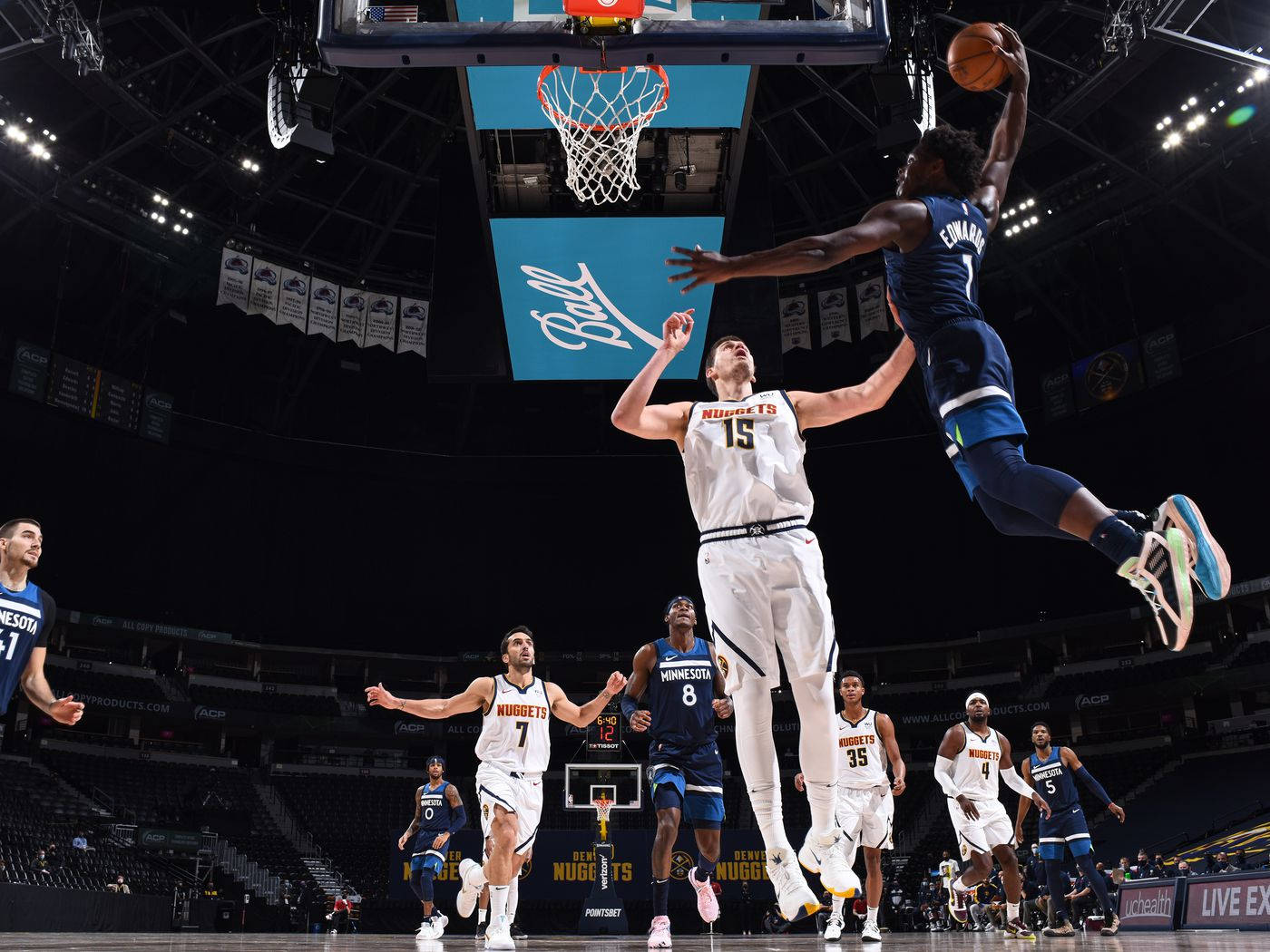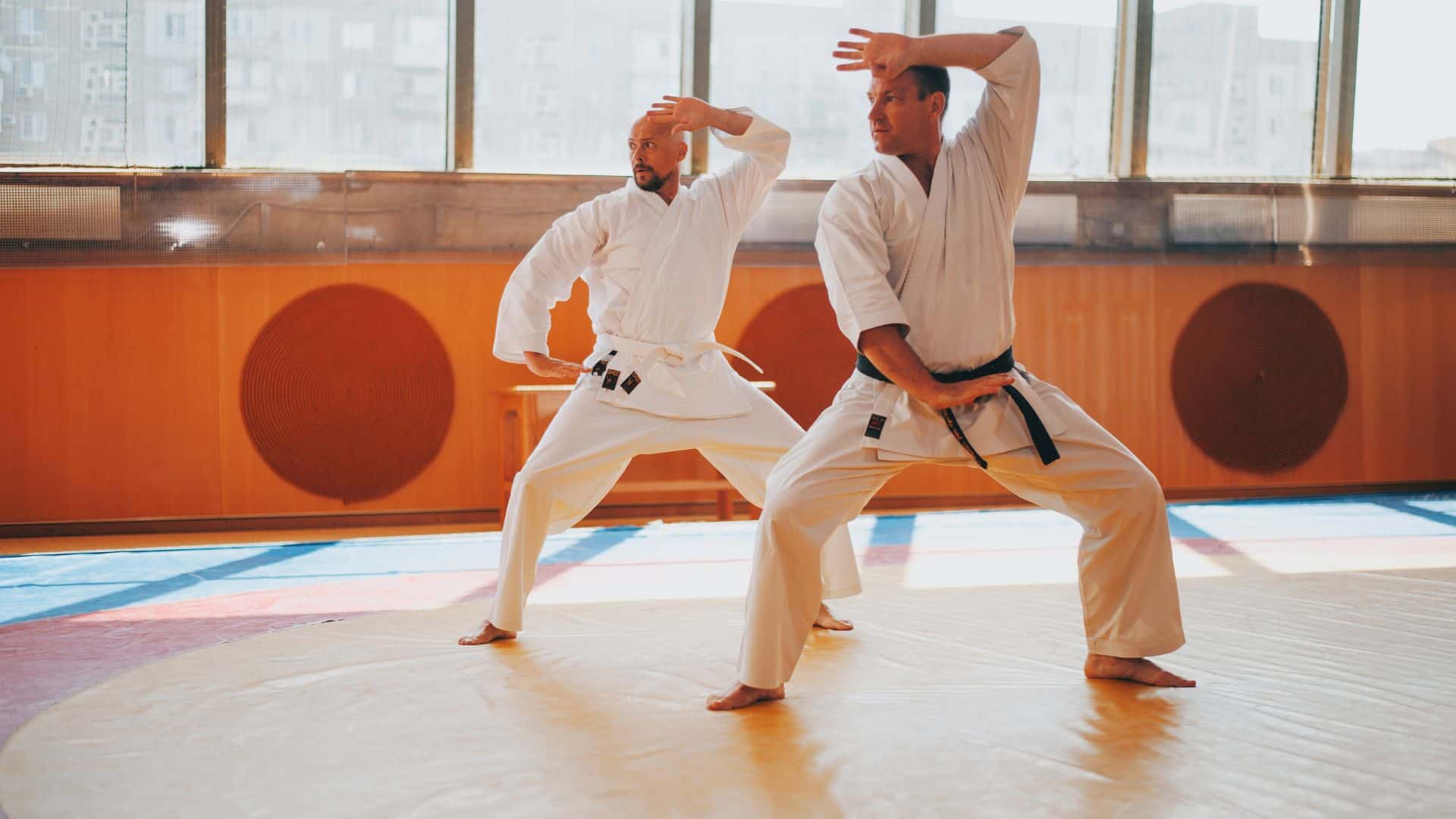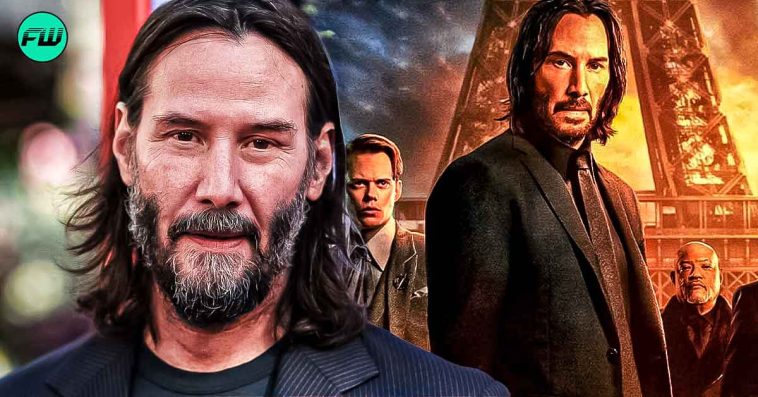Papal Conclave Explained: How The Next Pope Is Chosen

Table of Contents
History and Evolution of the Papal Conclave
The process of electing a Pope has evolved significantly over the centuries. Early methods were often less formal and more prone to political influence. Understanding this historical context is crucial to appreciating the refined procedures of the modern Papal Conclave.
- Early methods of Papal election: Initially, Papal elections were often by acclamation, with the Roman clergy and populace playing a significant role. Sometimes, powerful figures exerted considerable influence on the outcome. This led to periods of contention and instability.
- The introduction of formal Conclaves: The need for a more structured and less susceptible process led to the gradual development of formal Conclaves. These gatherings of Cardinals, initially held in various locations, aimed to reduce outside influence and ensure a more deliberate selection.
- Key reforms, particularly those impacting secrecy and the voting process: The 1274 Council of Lyons marked a pivotal moment, introducing stricter rules regarding secrecy and the voting procedure. This aimed to curb corruption and ensure the free and fair selection of the Pope. Subsequent reforms further refined the process, culminating in the modern procedures.
- The impact of modern technology and media on the Conclave: The modern era presents unique challenges. While maintaining secrecy remains paramount, the Conclave now operates within a world of instant global communication and intense media scrutiny. This requires a delicate balance between tradition and transparency.
The Participants: Cardinals and their Role
The Papal Conclave is composed exclusively of Cardinal electors. Their qualifications, roles, and responsibilities are critical to understanding the process.
- Cardinal electors: Only Cardinals under the age of 80 are eligible to participate as electors. The number of electors varies depending on the number of Cardinals appointed by the previous Pope. They are chosen by the Pope himself and represent a diverse geographical and theological spectrum within the Church.
- The role of the Cardinal Camerlengo during the sede vacante period: The sede vacante (vacant see) is the period between the death or resignation of a Pope and the election of his successor. The Cardinal Camerlengo manages the Church's temporal affairs during this crucial interim period.
- The duties and responsibilities of each Cardinal during the Conclave: Each Cardinal elector takes a solemn oath of secrecy and is responsible for participating fully in the deliberations and voting process. Their primary duty is to prayerfully discern God's will in selecting the next leader of the Church.
The Sede Vacante Period
The sede vacante period is not merely a time of waiting. It involves considerable preparation and administrative tasks to ensure a smooth transition. The Cardinal Camerlengo oversees the governance of the Vatican City State and manages the Church's affairs. This period allows time for the logistics of the Conclave to be finalized, including the summoning of Cardinals and the preparation of the Sistine Chapel.
The Conclave Process: Steps and Procedures
The Papal Conclave follows a precise and rigorous process, balancing tradition with the need for efficient decision-making.
- The beginning of the Conclave: Once all Cardinal electors are gathered in the Vatican, they gather in the Sistine Chapel, where they take a solemn oath of secrecy. Any breach of this oath carries significant consequences.
- The voting process: Ballots are cast secretly, and the votes are counted by appointed tellers. A two-thirds majority is required for election. Multiple rounds of voting may take place until a Pope is elected.
- The announcement of the new Pope: The iconic announcement, "Habemus Papam!" (We have a Pope!), signals the election of the new pontiff. The new Pope then appears on the balcony of St. Peter's Basilica to give his first blessing Urbi et Orbi (to the city and the world).
- The installation of the newly elected Pope: Following the announcement, the newly elected Pope undergoes the formal installation ceremony, taking his place as the successor of St. Peter and the head of the Catholic Church.
Secrecy and the Importance of Maintaining Confidentiality
Secrecy is a cornerstone of the Papal Conclave. The reasons for this strict confidentiality are deeply rooted in history and theological considerations.
- The oath of secrecy sworn by all participants: This oath binds all participants to absolute confidentiality, preventing any undue influence or public speculation during the process.
- Measures taken to prevent outside interference or leaks of information: Stringent measures, including electronic jamming and limited access, are implemented to ensure the integrity and privacy of the Conclave.
- The historical and theological reasons behind the need for secrecy: Secrecy protects the freedom of the Cardinals' deliberations, ensuring that their choices are guided by prayer and discernment, rather than external pressure or political maneuvering.
Modern Challenges and Adaptations to the Papal Conclave
The modern world presents new challenges to the traditional procedures of the Papal Conclave.
- The challenge of balancing tradition with modern communication realities: Maintaining secrecy in the age of instant global communication requires careful management of information flow.
- The increasing diversity of the College of Cardinals and its implications: The growing diversity of the College of Cardinals reflects the global nature of the Catholic Church, enriching the perspectives brought to the selection process.
- Addressing concerns about transparency and accountability in the selection process: While secrecy is vital, there’s a need to address concerns about transparency and accountability to maintain public trust and confidence in the process.
Conclusion
The Papal Conclave, a process rich in history and tradition, remains a pivotal moment in the life of the Catholic Church. Understanding its complexities, from the historical evolution of its procedures to the modern challenges it faces, provides valuable insight into the selection of the next Pope. This intricate process, shrouded in secrecy yet profoundly important, ensures the continuity of papal leadership. To further your knowledge of this fascinating and significant event, continue exploring resources about the Papal Conclave, its history, and ongoing significance. Learn more about the intricacies of the Papal Conclave and the selection of the next leader of the Catholic Church.

Featured Posts
-
 Anthony Edwards Nba Suspension The Costly Mistake
May 07, 2025
Anthony Edwards Nba Suspension The Costly Mistake
May 07, 2025 -
 The Karate Kids Impact Influence On Pop Culture And Martial Arts
May 07, 2025
The Karate Kids Impact Influence On Pop Culture And Martial Arts
May 07, 2025 -
 Is This The End Speculation On John Wicks Future After Keanu Reeves Remarks
May 07, 2025
Is This The End Speculation On John Wicks Future After Keanu Reeves Remarks
May 07, 2025 -
 Play Station 5 Pro Disassembly Exploring The Next Gen Consoles Hardware
May 07, 2025
Play Station 5 Pro Disassembly Exploring The Next Gen Consoles Hardware
May 07, 2025 -
 Simone Biles Kentucky Derby Appearance Riders Up Call Confirmed
May 07, 2025
Simone Biles Kentucky Derby Appearance Riders Up Call Confirmed
May 07, 2025
